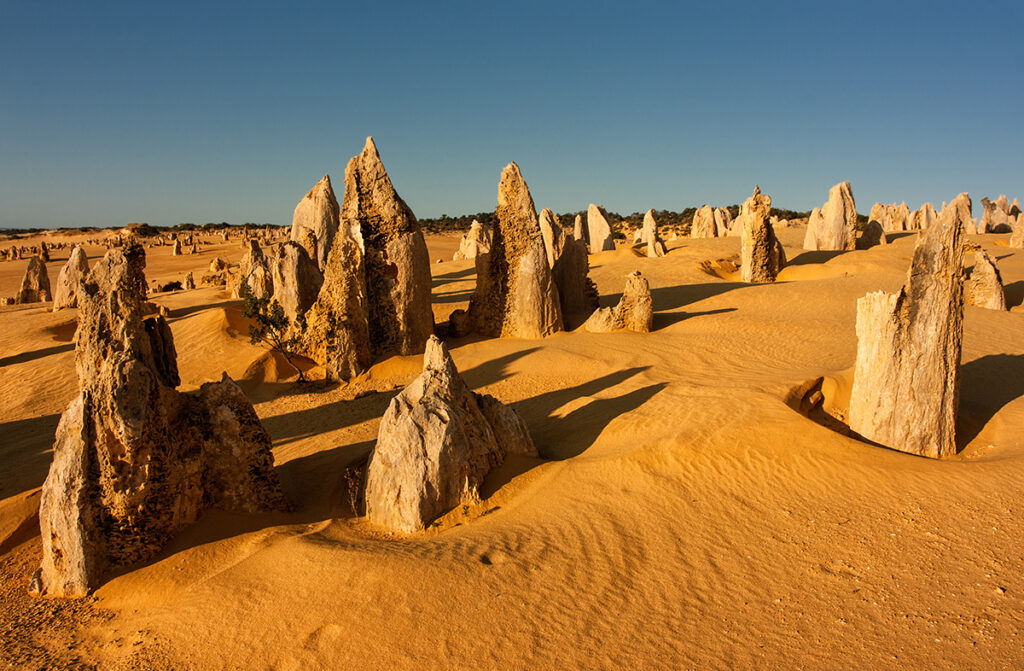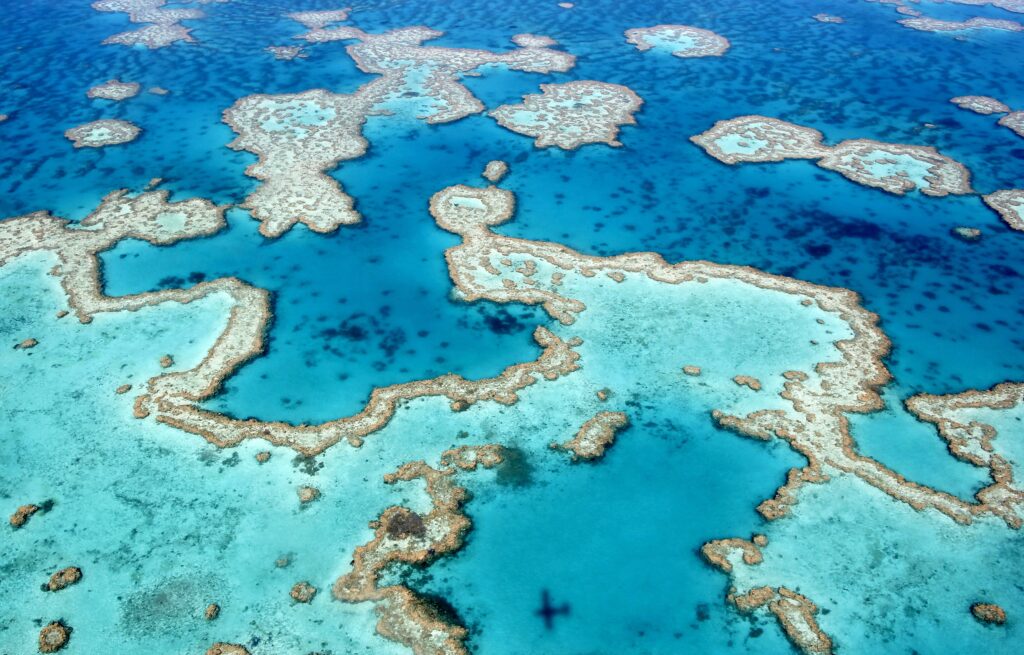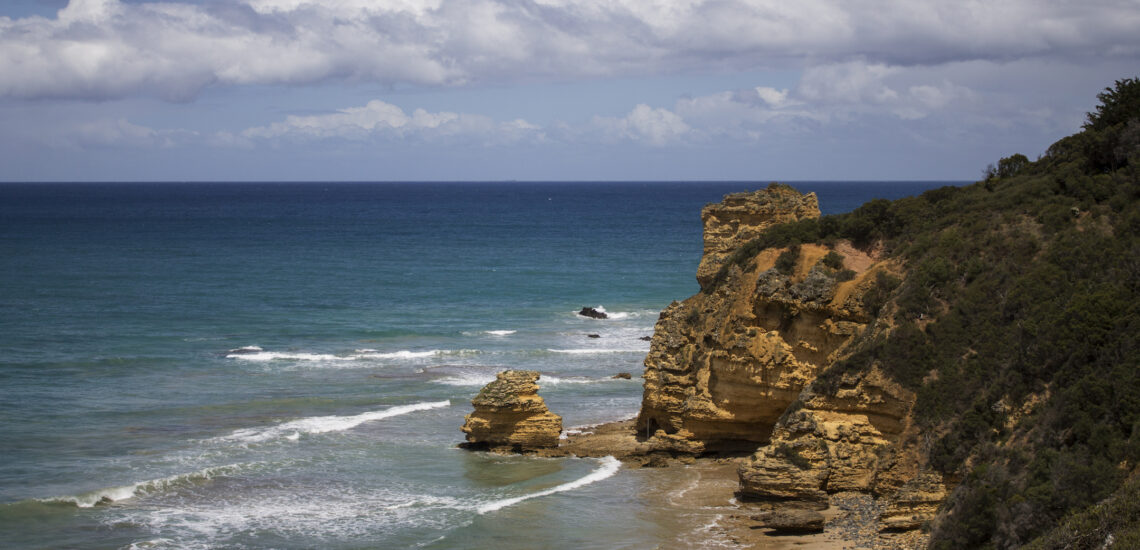10 Interesting Facts About Australia
Quick facts about Australia:
- Population: Approximately 25 million people.
- Capital: Canberra.
- Official Language: English.
- Currency: Australian Dollar (AUD).
- Government: Federal parliamentary constitutional monarchy.
- Major Religion: Christianity.
- Geography: Located in Oceania, comprising the mainland of the Australian continent, Tasmania island, and numerous smaller islands.
Fact 1: Australia’s flora and fauna is 90% unique
Australia is renowned for its remarkable biodiversity, with a large proportion of its plant and animal species found nowhere else in the world. Estimates suggest that approximately 87% of its mammals, 45% of its birds, 93% of its reptiles, and 94% of its amphibians are endemic to the continent. This high level of endemism is attributed to Australia’s long isolation from other landmasses, unique geological history, and diverse range of habitats, including deserts, rainforests, and coral reefs.

Fact 2: In Australia, the number 1 highway crosses the entire country
Highway 1 in Australia is a network of highways that circumnavigates the entire continent, making it the longest national highway in the world. It spans approximately 14,500 kilometers (9,000 miles) and connects major cities and regions across all states and territories of Australia.
Highway 1 is not a single continuous road but rather a network of interconnected roads, including major highways, freeways, and urban arterial roads. It passes through diverse landscapes, ranging from coastal areas and outback regions to mountainous terrain and urban centers.
Note: If you plan to travel around the country as a tourist, check if you need an International Driver’s License in Australia to drive.
Fact 3: More than 4/5 of Australians live in the coastal zone
According to data from the Australian Bureau of Statistics, around 85% of Australia’s population lives within 50 kilometers (31 miles) of the coast. This coastal concentration is primarily due to several factors, including historical settlement patterns, economic opportunities, favorable climate, and access to coastal amenities and recreational activities.
Australia’s coastal areas are generally more densely populated than inland regions, with major cities such as Sydney, Melbourne, Brisbane, Perth, and Adelaide located along the coastlines. These cities serve as economic and cultural hubs, attracting residents seeking employment, education, and lifestyle opportunities.

Fact 4: Aboriginal Australians have a culture with an age of about 50,000 years old
Aboriginal Australians have a rich and ancient culture that dates back approximately 50,000 years or more. Indigenous Australian cultures are among the oldest continuous cultures in the world, with deep connections to the land, traditional customs, languages, and spiritual beliefs that have been passed down through countless generations.
The ancestors of Aboriginal Australians arrived on the Australian continent tens of thousands of years ago, possibly via land bridges during periods of lower sea levels. Over millennia, they developed diverse societies, adapting to a wide range of environments across Australia, including deserts, rainforests, coastlines, and grasslands.
Aboriginal cultures are characterized by a deep reverence for the natural world, intricate oral traditions, complex kinship systems, and unique artistic expressions, including rock art, storytelling, music, and dance.
Fact 5: There are several deserts in Australia
Approximately 18% of Australia’s land area is classified as desert or semi-arid land. These arid and semi-arid regions are primarily located in the interior of the continent and are commonly referred to as the Outback.
The major deserts in Australia include the Great Victoria Desert, the Great Sandy Desert, the Simpson Desert, and the Tanami Desert, among others. These deserts are characterized by low rainfall, sparse vegetation, and extreme temperatures.
 Jakub Michankow, CC BY 2.0, via Wikimedia Commons
Jakub Michankow, CC BY 2.0, via Wikimedia CommonsFact 6: Australia has a large number of poisonous insects and animals
Australia is home to a significant number of venomous insects and animals, including snakes, spiders, scorpions, jellyfish, and marine creatures. This is largely due to the continent’s isolation and unique evolutionary history, which has resulted in the development of many species with potent venoms and toxins.
Some of the most venomous snakes in the world, such as the Inland Taipan and the Eastern Brown Snake, are found in Australia. The continent is also known for its venomous spiders, including the Sydney Funnel-web Spider and the Redback Spider.
In addition to land-dwelling creatures, Australia’s waters are inhabited by various venomous marine species, including the Box Jellyfish, Cone Snails, and Blue-ringed Octopus, which possess toxins that can be deadly to humans.
Fact 7: The Great Barrier Reef is the largest reef in the world
The Great Barrier Reef, located off the northeastern coast of Australia, is the largest coral reef system in the world. Stretching over 2,300 kilometers (1,400 miles) and covering an area of approximately 344,400 square kilometers (133,000 square miles), the Great Barrier Reef is not only the largest coral reef but also one of the most biodiverse ecosystems on the planet.
The Great Barrier Reef is renowned for its stunning marine biodiversity, including thousands of species of fish, corals, mollusks, and other marine organisms. It is home to a variety of habitats, from shallow coral gardens to deep-sea trenches, providing critical breeding and feeding grounds for countless marine species.
As a UNESCO World Heritage site, the Great Barrier Reef is recognized for its outstanding universal value and importance for global biodiversity conservation.
 Ayanadak123, CC BY-SA 4.0, via Wikimedia Commons
Ayanadak123, CC BY-SA 4.0, via Wikimedia CommonsFact 8: There’s a reason the kangaroo and emu are on Australia’s coat of arms
Kangaroos and emus are both depicted on the Australian coat of arms, and one of the reasons for their inclusion is their physical inability to move backward easily. The choice of these animals for the coat of arms symbolizes progress and forward movement, reflecting Australia’s national ethos of moving forward and advancing as a nation.
Fact 9: The longest fence in the world is in Australia
The Dingo Fence, also known as the Dog Fence, is the longest fence in the world. It stretches for approximately 5,614 kilometers (3,488 miles) across the Australian continent, from Jimbour in Queensland to the cliffs of Nullarbor Plain in South Australia.
The primary purpose of the Dingo Fence is to protect the fertile southeastern parts of Australia, particularly agricultural areas, from the predation of dingoes (wild dogs). It also serves to protect livestock, primarily sheep, from wandering into areas where they may be at risk of predation or disease transmission.
Construction of the Dingo Fence began in the late 19th century and continued into the early 20th century.
 John Morton, (CC BY 2.0)
John Morton, (CC BY 2.0)Fact 10: Australia one of the earliest countries to grant full suffrage to women
In Australia, women were granted the right to vote and stand for election at the federal level in 1902 through the Commonwealth Franchise Act. Also Australia does have compulsory voting for federal elections and most state and local government elections. This means that eligible citizens are required by law to enroll to vote and to participate in elections by casting a ballot. Failure to vote without a valid reason may result in a fine.





